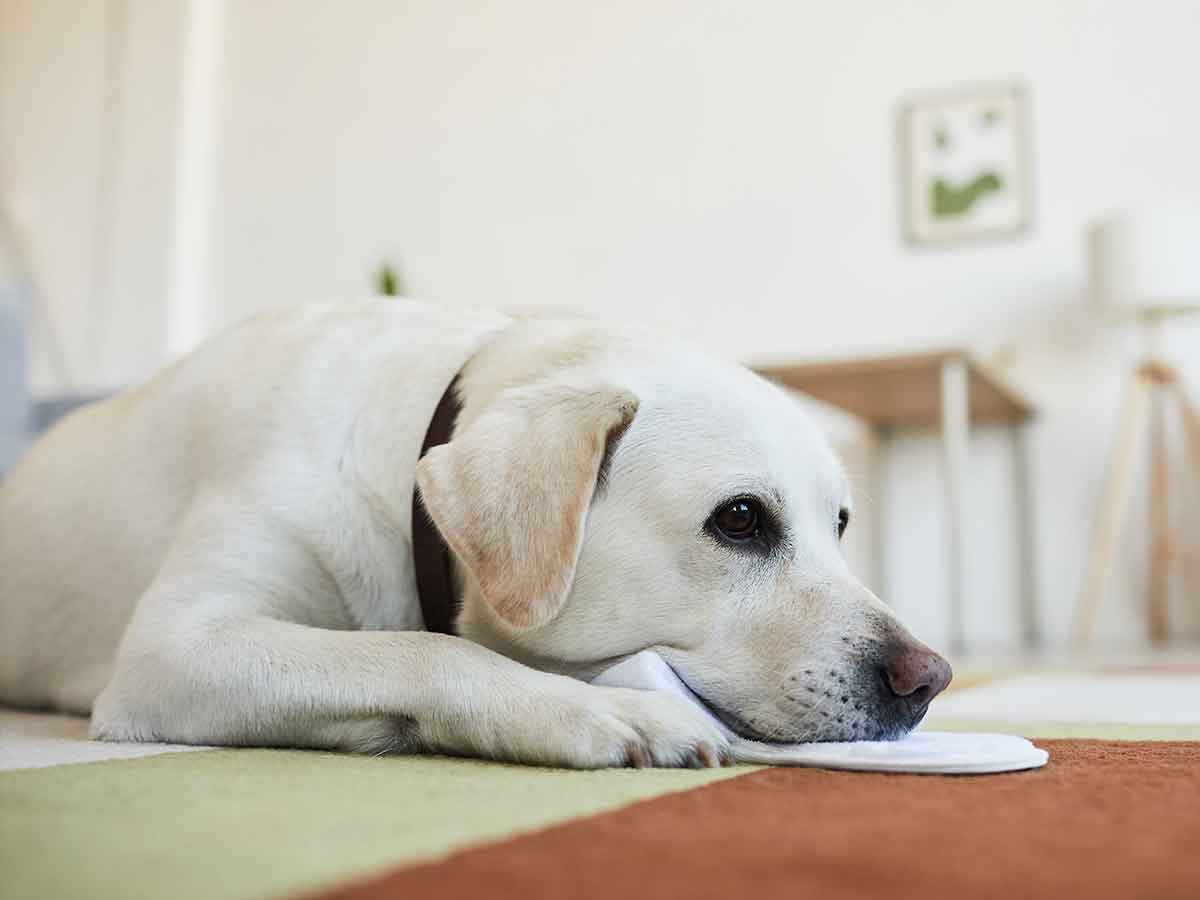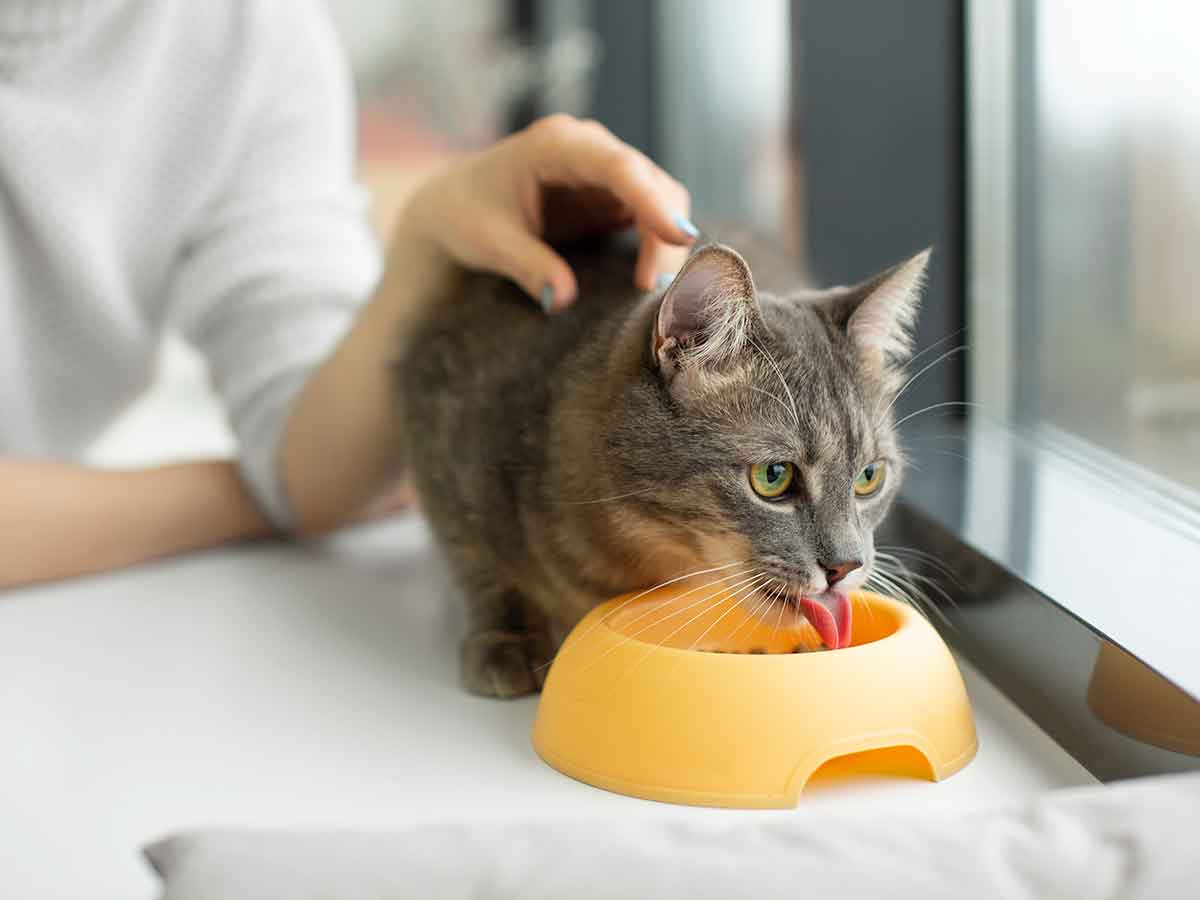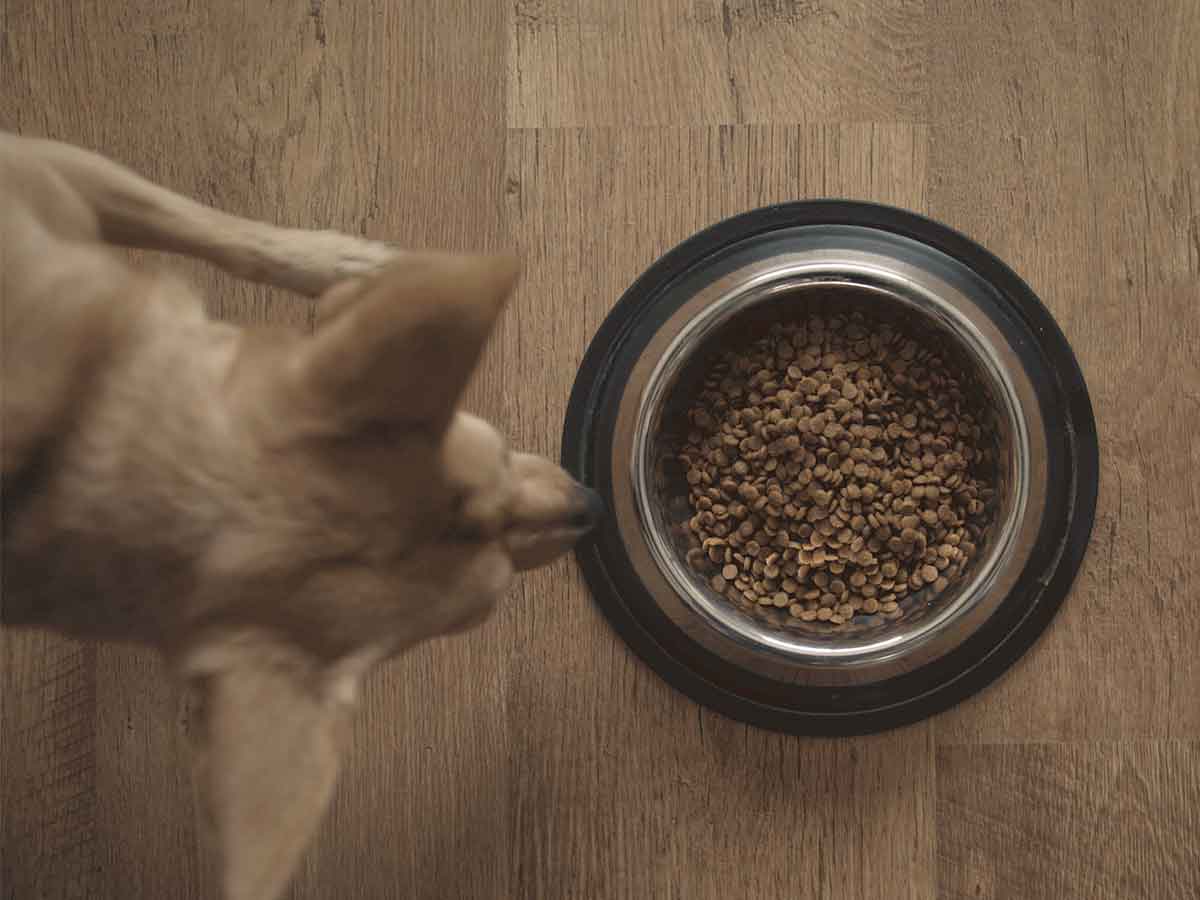Dangerous indoor plants
Some plants are obviously harmful to pets, such as poison ivy, oak, or sumac. But pet owners may be shocked to find out that dogs and cats can become very sick from eating so many common plants and flowers.
Some popular holiday decorations can make pets very sick. American and English Holly are toxic to animals. The ASPCA believes that the unpleasant taste keeps animals from eating a lot of the plant but recommends keeping pets far away from them. Mistletoe is also poisonous, and Poinsettias can be extremely irritating to the mouth and stomach if ingested.
Different flowers in the lily family are extremely poisonous to pets. Cats are more common lily poisoning victims than dogs, but they are toxic to both species. They are also extremely popular bouquet items. Lilies, Tiger Lilies, Easter Lilies, Tulips, and Calla Lilies are just some of the toxic plants found in the lily plant family.
Other bouquet favorites are also likely to make your dogs and cats sick if eaten. Keep flower arrangements that include these plants where your pets can’t get at them:
● Baby’s breath
● Bird of paradise
● Carnations
● Daffodils
● Dahlias
● Daisies
● Irises
● Peonies
● Peonies
You can still keep your favorite flowers inside where you can appreciate their beauty but lock them away when you’re not at home and keep a close watch when your pets are near the bouquet. By being aware of the danger and taking proper precautions, you can keep your favorite plants and pets safe.
Dangerous outdoor plants
It’s not advisable to let pets out unsupervised, but we can’t watch them every second. You can help keep your pet healthy by knowing which plants and trees are toxic in your area.
Azalea, buttercups, chrysanthemums, gardenias, gladiolas, hibiscus, hyacinth, hydrangeas, mums, primroses, rhododendrons, and sweet peas are popular garden items that are poisonous. That’s just another good reason to keep your dogs away from your neighbor’s award-winning flower bushes.
Trees like yews and red maples have toxic leaves. Wilted red maple leaves are especially dangerous and the ASPCA claims most poisonings take place between late summer and early winter.
Gorgeous climbing plants, like ivy and wisteria, should be off-limits to your dog. Even medicinal and recreational plants are unsafe. St. John’s wort, aloe, tobacco, and rhubarb plants are no good for dogs or cats.
Dangerous food
We know it’s tough to resist when your pet looks at you eagerly, hoping for a tidbit of your food. But before you give them any, make sure you know which foods could be harming them:
Chocolate
Chocolate, especially darker chocolate, baking chocolate, and cocoa powder, contain caffeine and theobromine, which can cause increased thirst, irregular heartbeat, vomiting, abdominal discomfort, seizure, and even death in your pet.
Avocado
The leaves, flesh, and seeds of this delicious fruit—particularly the Guatemalan variety commonly found at the supermarket—contain varying levels of toxins that can cause stomach upset in your dog or cat.
Garlic and onions
Garlic, onions, and related plants can damage your dog’s red blood cells. Three to five days after eating a substantial amount, dogs may seem weak or tired, and their urine may be orange to red. See a veterinarian immediately for treatment. In severe cases, a blood transfusion may be required.
Mold
Some food molds produce what are called tremorgenic mycotoxins, which can cause serious or life-threatening problems in dogs. Signs of poisoning include muscle tremors and convulsions that can last for several weeks and can result in death if untreated. Never give your dog any moldy food and be sure to clear your environment of any moldy debris or refuse.
Grapes and raisins
Avoid giving your dog either of these, as they are associated with kidney failure—even in dogs who have eaten them before without a problem. Within 12 hours of eating grapes or raisins, dogs can experience vomiting, diarrhea, or sluggishness. As time passes, increased sluggishness, refusal to eat, dehydration, increase in urination, then decrease in urination can occur. Within 3-4 days, long-term kidney disease or death from kidney failure can occur.
Macadamia nuts
Although not fatal, symptoms such as rear leg weakness, pain, tremors, and fever can occur for up to 48 hours after a dog eats macadamia nuts.
Raw bread dough
The yeast in uncooked bread dough can thrive in your pet’s stomach, expanding to decrease blood flow and press on the diaphragm, making it hard for them to breathe. The alcohols they produce can also lead to intoxication, vomiting, and even death.
Hops
Both fresh and cooked hops (used for brewing beer) can result in extremely high body temperature in dogs, leading to damage and failure of multiple organ systems. Signs of poisoning include excessive panting, restlessness, muscle tremors, and seizures. If your dog shows any of these signs, veterinary care is needed immediately.
Ethanol (also known as ethyl alcohol or drinking alcohol)
Even a small amount of alcohol can produce severe intoxication in your pet. Signs of intoxication include vomiting, coordination loss, stupor, and, in severe cases, coma, seizure, or death. Intoxicated pets should be monitored; severely intoxicated pets should see a veterinarian right away.
Xylitol
This familiar sweetener found in sugar-free gum and desserts can cause rapid and serious drops in blood sugar levels in dogs. As soon as half an hour after eating it, dogs can develop disorientation and seizures. Eating large amounts of xylitol can result in liver failure. Bring your dog to the veterinarian right away if xylitol has been ingested.
Some other foods that can be dangerous include apple seeds, apricot, peach or cherry pits, coffee, mushrooms, mustard seeds, potato or tomato leaves and stems, salt, tea, and walnuts.
For more information about substances that are poisonous to pets, visit the ASPCA webpage for animal poison control.
Want to share this article?
More like this
Nutrition in diabetic pets
Is your pet diabetic? Make sure you’re maintaining a nutritious diet to keep him happy and healthy.
What to feed fluffy? Dry or wet? Both?
Every cat is different when it comes to wet or dry food. Find out which one is best for you.
Does your dog need to go on a diet?
A chubby pup might be cute, but it’s best for your dog to maintain a healthy weight. Here’s how to tell if he’s put on a few too many pounds.





 Go To United States
Go To United States Austria
Austria Belgium
Belgium Czech Republic
Czech Republic Denmark
Denmark Europe
Europe Finland
Finland France
France Germany
Germany Greece
Greece Hungary
Hungary Ireland
Ireland Israel
Israel Italy
Italy Netherlands
Netherlands Norway
Norway Poland
Poland Portugal
Portugal Romania
Romania Spain
Spain Sweden
Sweden Turkey
Turkey United Kingdom
United Kingdom